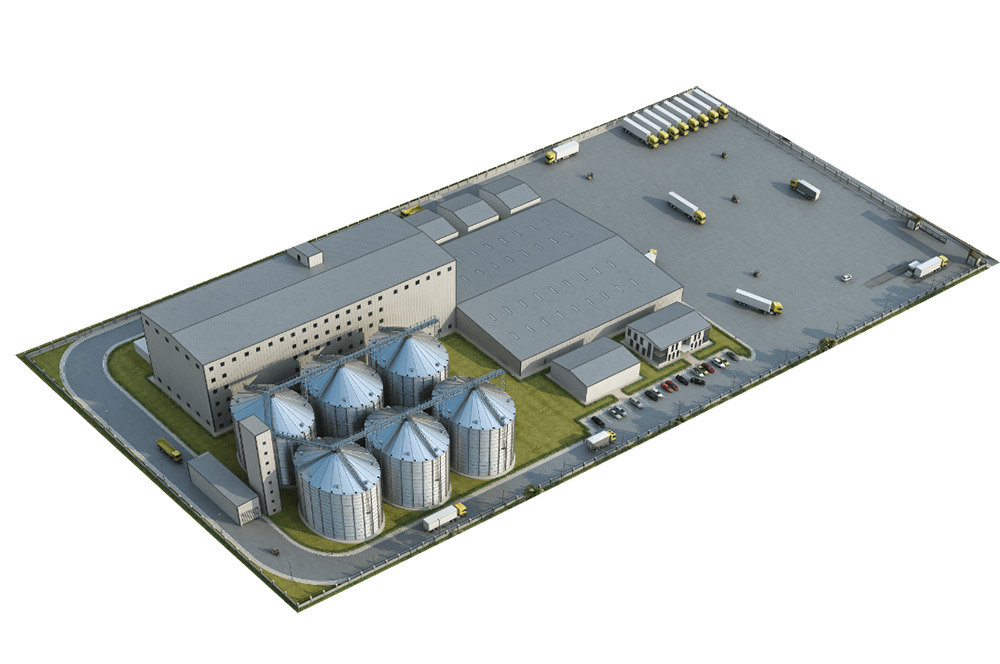A wheat kernel consist of endosperm, germ and bran parts. The purpose of milling is to separate the bran and germ, and obtain the ‘white’ flour from the endosperm with a fine and uniform particle size.
Wheat flour is the main raw material for bakery, biscuit and pasta industries. It is also widely used for alcoholic beverages (ethanol) or fuel (bioethanol) production.
It took a long way for the flour milling process come this far, from grinding of wheat between millstones into today’s modern production facilities.
The earliest archeological evidence for wheat seeds being crushed between stones dates back to 6700 BC. Manpower and animals have been respectively used in the history of flour milling, and followed by water and wind powered mills which were active until the beginning of 19th century.
Ancient
Cone Mills
Stone Milling Era
300 BC - Cone Mills by Romans
100 BC - Water Mills
500 AD - Wind Mills
Roller Milling Era
1785 - O. Evans – Automated Continious Process Water Mill
1830 - Abraham Ganz, Hungary - Cast Iron Rolls
1878 - Henry Simon Ltd established
Henry Simon built the first complete automated roller flour milling plant for Messrs company - England in 1879.
From commissioning of our fist turnkey project, too many things have evolved within the technological development in milling industry. Today flour mills are managed with advanced automation systems which provide convenience and traceability with below advantages:
Centralized Process Management
Integrated management and monitoring of the complete process (intake, cleaning, milling, packaging etc.)
Yield Visualization System
Providing detailed reports on production figures, extraction data etc.
Remote Connection Ability
Real time support for error diagnosis and troubleshooting
Henry Simon provides one-step ahead solutions in milling automation, as we strictly work on the implementation of new digital technologies into flour milling process.
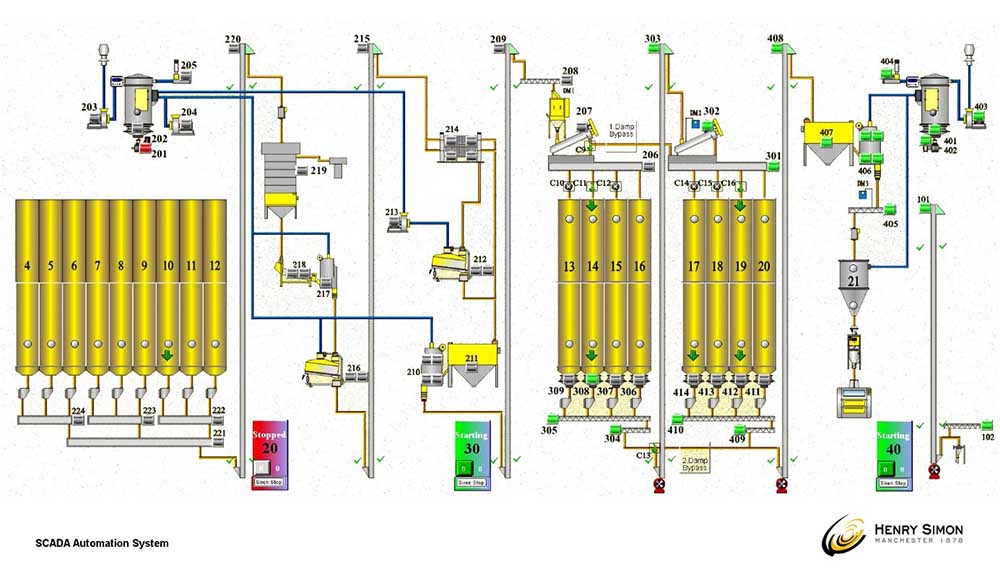
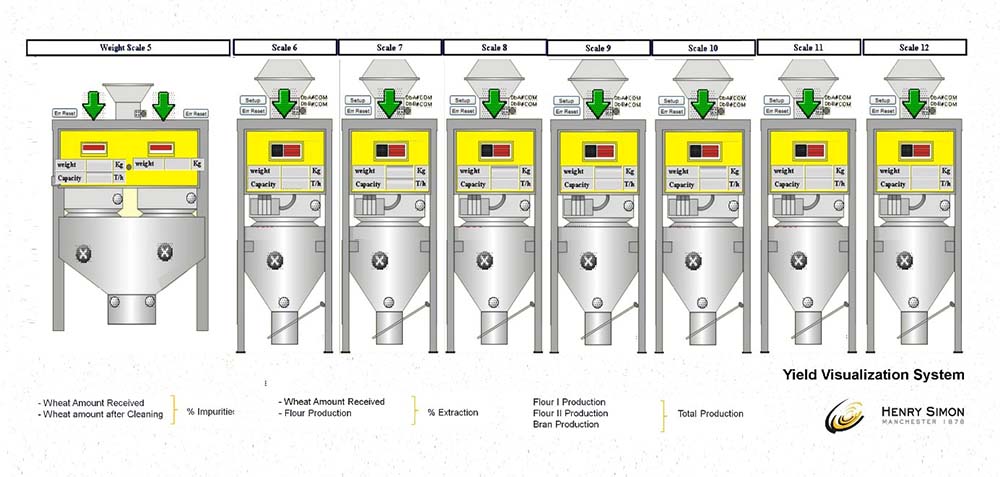
Wheat samples are first taken for laboratory analysis at the mill reception, to ensure if the wheat meets purchase specifications, and there is no sign for contamination.
According to the physical test and laboratory results (ash, protein, moisture content etc.), trucks are accepted to the intake area for the discharge operation of the wheat into the pit and steel silos respectively.
The wheat intake system (for trucks) basically consists of below equipment:
- Truck Scale (loaded - empty weight)
- Grain Sampling Probe
- Truck Lift (if required)
- Intake Pit & Grid
- Intake Filters (for dust collection)
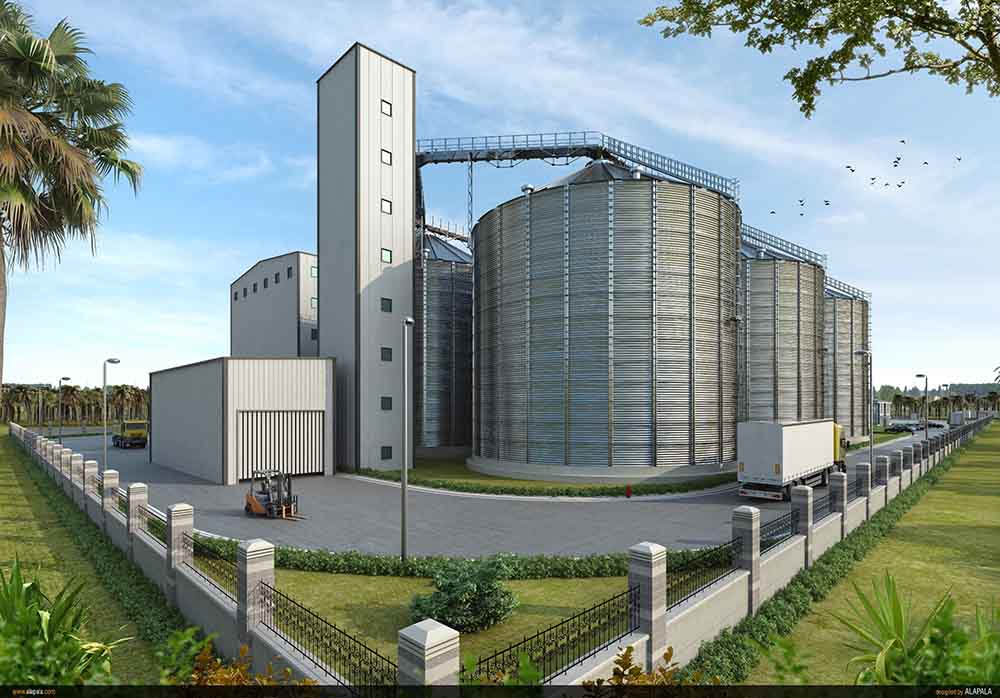
Steel Silos are equipped with temperature control, mixing and ventilation systems to ensure optimum storage conditions.
Cleaning is one of the main processes in flour milling that the foreign materials in the dirty wheat (sand, stones, husks, straws, broken or damaged kernels, black seeds etc.) are removed.

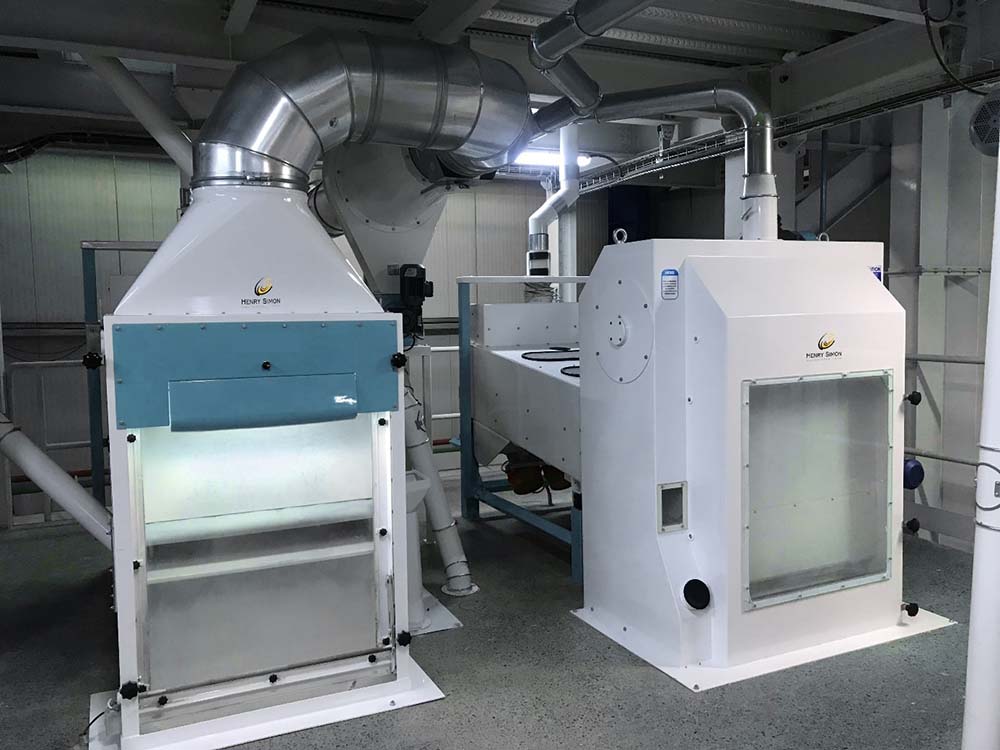
Milling section can be considered as the ‘heart’ of a flour mill, where the wheat is grinded by passing through the breaking and crushing passages until the flour is observed. Wheat milling is actually a gradual process that it may even go through the milling machines up to 16 times to obtain a very fine and uniform particle size of flour!
Mechanical systems are generally used for the conveying operation of the wheat, whereas pneumatic systems are preferred for middling and the flour.
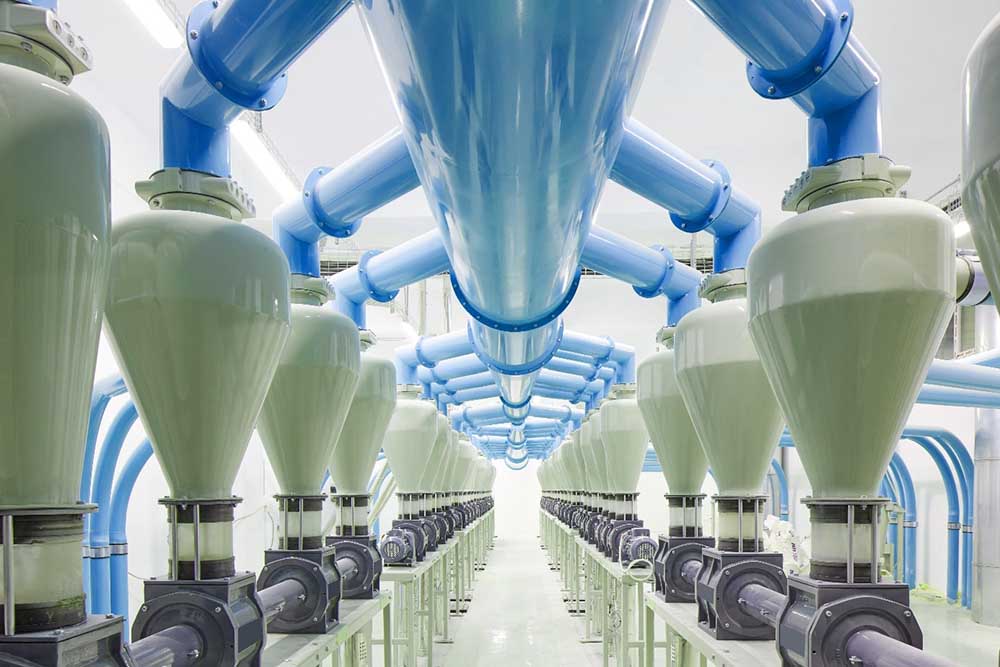
Henry Simon provides safe, hygienic, and energy-efficient conveying systems for flour mills.
- Mechanical Conveying Elements
- Bucket Elevators
- Chain Elevators
- Screw Elevators - Pneumatic Conveying Systems
- Pressurized or Vacuum Systems (fans, blower, cyclonets, airlocks etc.) - Dust Collection System
- Cleaning of ambient air (jet filters, cyclones etc.)
And, it doesn’t consist of the cost of machinery and equipment alone. It should be considered as a complete project including the field (land), infrastructure, construction, facilities etc.
Raw material is actually the major running cost in flour milling; whereas energy, labor, and logistics are also other main cost factors.
Please contact with our experienced team to define the requirements of your flour milling project together.
The area (land) requirement for a flour mill varies at a big extent depending on the capacity. For example, a 100 TPD flour mill can be installed in 2.400m² simple warehouse, whereas minimum 10.000 m² land is required for 500 TPD capacity milling plant.
The design of a flour milling plant should be made in the consideration of operability, supply chain, logistics, and sanitary conditions as well.
Henry Simon Engineering team is ready to provide you turnkey grain milling solutions including the mill design and process engineering services, with our extensive know how and experience for over 140 years.
